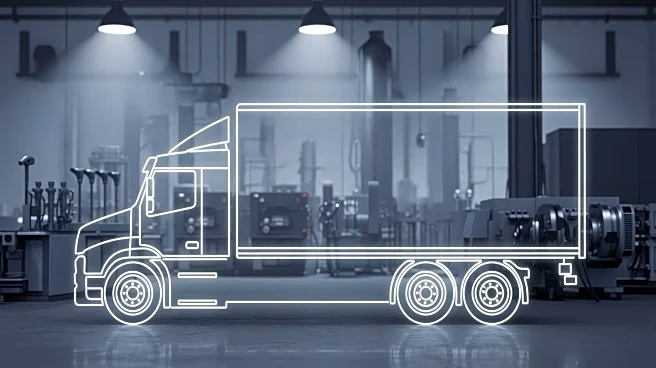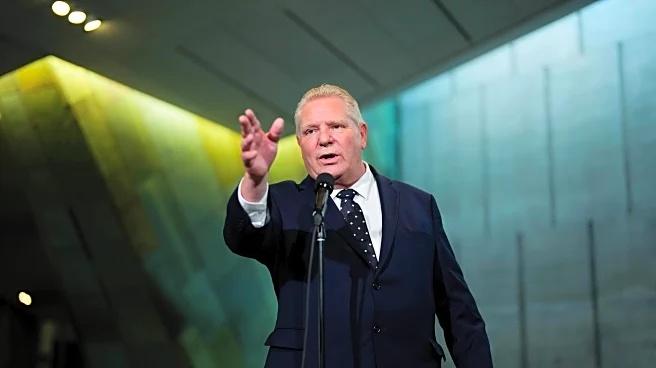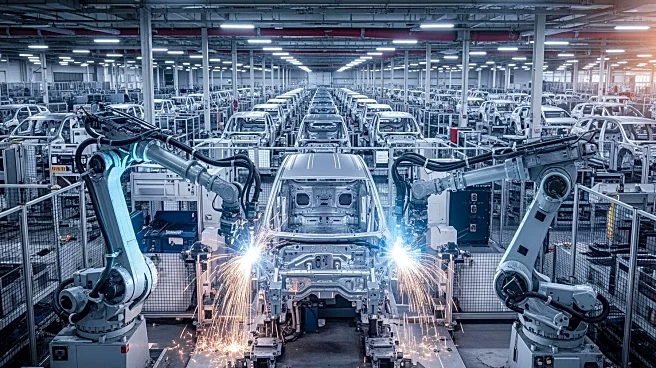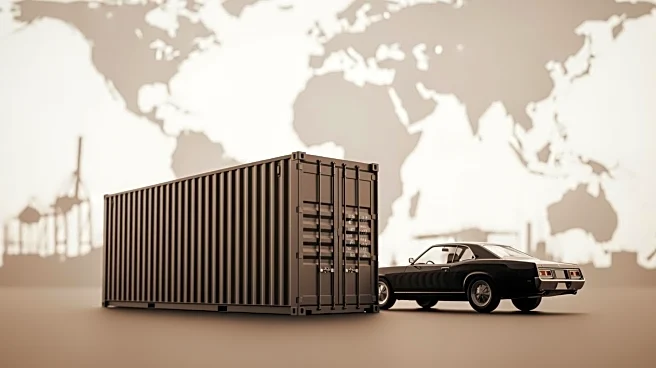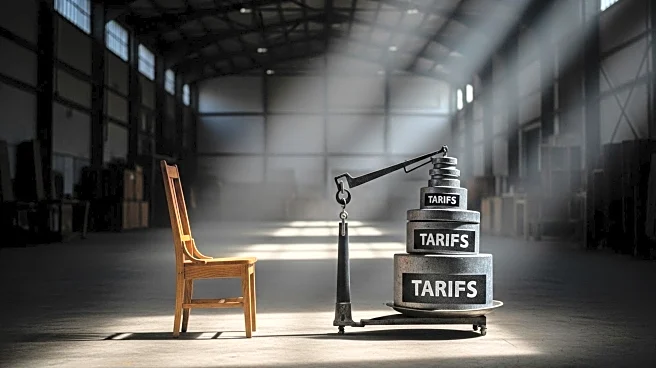What's Happening?
President Donald Trump has signed a proclamation imposing a 25% tariff on all medium- and heavy-duty trucks imported into the United States, as well as a 10% tariff on imported buses. This move, effective November 1, aims to protect U.S. companies from
foreign competition and encourage domestic manufacturing. The tariffs apply to Class 3 to Class 8 vehicles and are part of a broader strategy to incentivize automakers to build vehicles in the U.S. by offering credits for parts that need to be imported. The administration's goal is to ensure that vehicles are manufactured domestically, using American labor and resources, while maintaining cost competitiveness.
Why It's Important?
The imposition of these tariffs is significant as it reflects the administration's commitment to bolstering domestic manufacturing and protecting American jobs. By imposing tariffs on imported trucks and buses, the administration aims to reduce reliance on foreign materials and encourage the use of American-made parts. This move could benefit U.S. truck manufacturers like Peterbilt, Kenworth, and Freightliner by shielding them from foreign competition. However, it may also lead to increased costs for companies that rely on imported parts, potentially affecting pricing and supply chains. The decision has sparked debate, with some industry stakeholders expressing concern over potential disruptions and increased costs.
What's Next?
As the tariffs take effect, automakers and industry stakeholders will need to navigate the new economic landscape. Companies may seek to adjust their supply chains to minimize the impact of tariffs, potentially increasing domestic production. The administration's decision may also prompt discussions with trade partners, particularly those most affected by the tariffs, such as Mexico and Canada. The U.S. Chamber of Commerce has already expressed concerns, highlighting the potential impact on trade relations with key allies. The situation will require careful monitoring to assess the long-term effects on the U.S. automotive industry and international trade dynamics.
